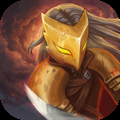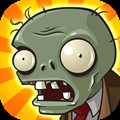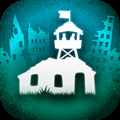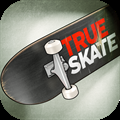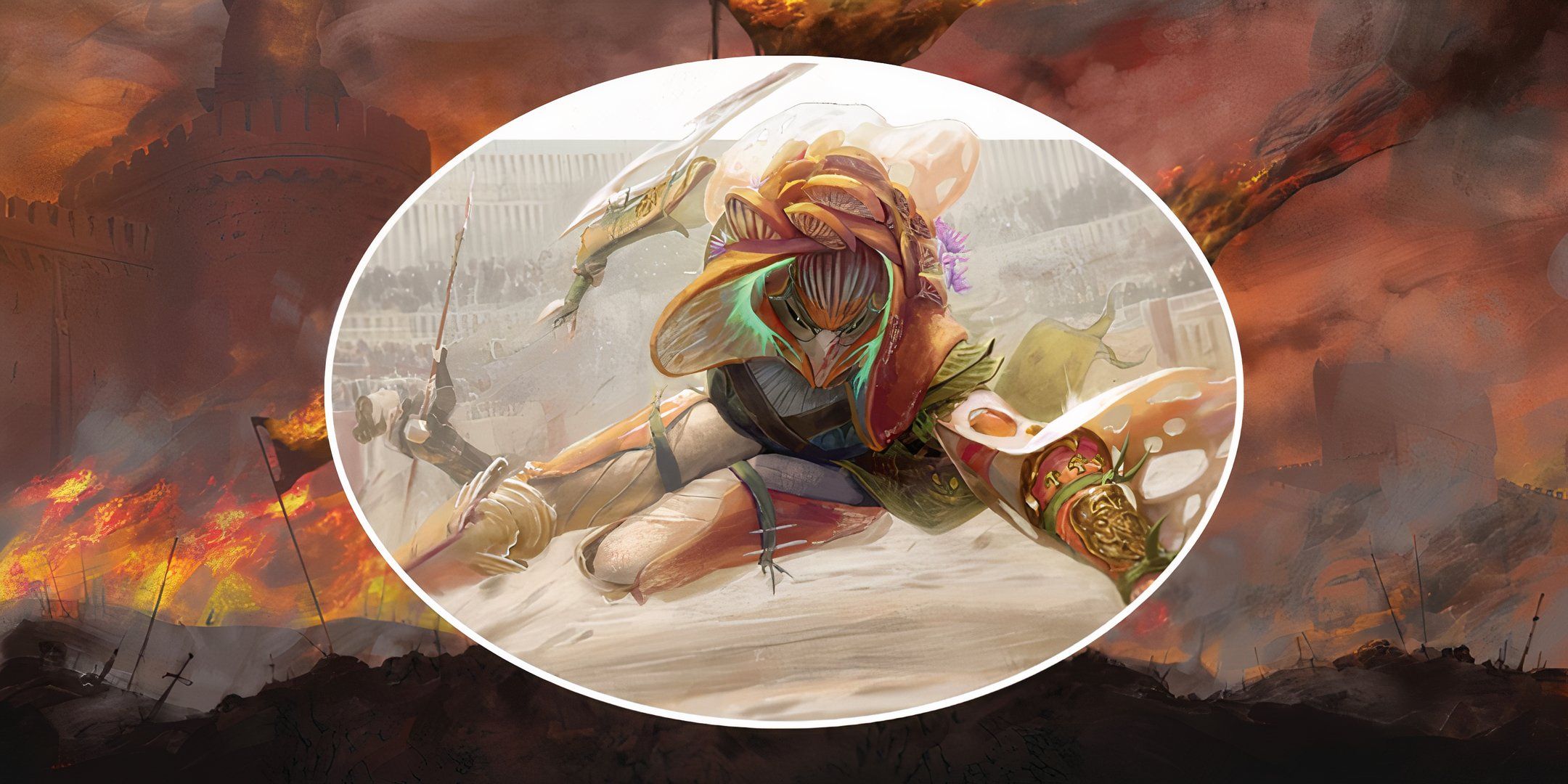
Quick Links
- When Does Combat Start?
- How Combat Works
- How To Attack
- How To Calculate Damage
- How To Take Damage
- How To Move
- How Combat Works For GMs
Like many other tabletop roleplaying games, Daggerheart has a unique combat system that's meant to help elevate the storytelling of your adventuring party. If you're used to playing in systems like fifth edition Dungeons & Dragons, you're likely to find a lot of similarities between combat systems as well as differences.
RelatedDaggerheart: How To Level Up
Need help leveling up your player character in Daggerheart? This guide has you covered.
PostsIf you're wondering where to start, either as a player or as a GM, this guide has you covered. We're going to break down everything about Daggerheart's combat system, from attack rolls, damage, spells, and so much more. Here's everything you need to know about combat in Daggerheart.
When Does Combat Start?
Daggerheart Ranger via Darrington Press/DaggerheartIn Daggerheart, combat starts whenever any PC or adversary attacks another.
Unlike some other TTRPGs, like Dungeons & Dragons, there is no call for initiative or turn order.
Additionally, combat in Daggerheart doesn't have limitations on actions or moves. Rather, Daggerheart uses something called 'the spotlight.'
As players fight adversaries, players and the GM take turns in 'the spotlight,' either highlighting something a PC is doing, or something an adversary is doing.
If your table prefers more structured play, you can use a 'spotlight tracker' and limit the number of actions each PC can take to three.
As combat progresses, players pass the spotlight back and forth to one another and the GM. Furthermore, the GM can spend Fear to spotlight additional adversaries.
Combat then resolves as it normally would in other TTRPGs, when either the PCs or the adversaries are successful in their endeavor.
How Combat Works
Fungril Attack via Darrington PressWhen it comes to using combat in Daggerheart as a player, there are a few key elements that you need to understand to be successful.
- How To Attack
- How To Calculate Damage
- How To Take Damage
- How To Move
When in combat with adversaries, you'll take turns within the spotlight, and make regular Trait Rolls, Attack Rolls, Spellcast Rolls, and then calculate damage.
How To Attack
Goblin Warrior via Darrington PressWhen you attack an adversary in Daggerheart, you'll use one of the following methods:
- Attack With A Physical Weapon
- Attack With A Magical Weapon
- Make An Unarmed Attack
- Make A Spellcast Roll
Whenever you make an attack with a physical or magical weapon, you will make an Attack Roll by rolling your Duality Dice.
Remember, on Attack Rolls, you still gain Hope or grant the GM Fear based on the results of your Hope and Fear dice.
When you do so, you add modifiers based on the following:
- The Weapon's Trait
- Your Experiences
- Relevant Modifiers From Class or Ancestry Features
If your roll meets or exceeds your adversary's Evasion score, the attack hits, and you may then calculate damage.
When adversaries attack you, they are trying to meet or exceed your Evasion score, so keep this in mind when charging into battle.
In addition to standard Attack Rolls, you may also make an Unarmed Attack, in which case, you use your Strength or Finesse Trait for the roll.
Lastly, you may make a Spellcast Roll, which functions much like a normal Attack Roll. Simply roll your Hope and Fear dice and add relevant modifiers, using your Spellcast Trait for your main modifier rather than a weapon trait.
However, when casting a spell, any rules on the Spell Card supersede normal Action Roll rules, so pay attention to what your Domain Cards say.
How To Calculate Damage
Half-Clank, Half-Drakona via Darrington PressWhen you successfully attack an adversary, you then get to calculate damage.
To do this, you will roll various dice; the type of which and the amount rolled are determined by two factors:
- Weapon/Spell Damage Die
- Player Proficiency
If you hit with an attack with a magical or physical weapon, refer to that weapon's statistics to see what kind of damage die you will use.
Physical and magical weapons deal physical and magical damage, respectively, which various adversaries can have resistance or immunity to.
Once you've determined the die type, you roll a number of said dice by following the following formula:
- Number of Damage Dice Rolled = Player Proficiency
So, for example, if your player proficiency is two, and your damage die is a d8, you will roll 2d8 on a successful attack roll.
If a weapon or ability has a damage modifier in its stat block, you only add the modifier once to the total of the dice rolled. Proficiency has no bearing.
For Spellcast Attacks, simply follow the rules on the Spell Card to determine the damage you roll.
If a Spell Card says you roll damage with your Proficiency, that means you will use the same Proficiency Dice formula listed above to determine damage.
If your character succeeds on an Unarmed Strike, the damage for the attack is a d4 using your Proficiency.
Additionally, if your attack is a critical success, your attack deals extra damage. Here's the formula for calculating critical damage.
- Crit Damage = Highest Possible Damage Dice Value + Normal Damage Roll
So, for example, if your weapon deals a d8 + 3 physical damage, your Proficiency is two, and you roll a critical success on your attack, the damage would be 16, plus the value of an additional 2d8 rolled, plus three.
How To Take Damage
Wounded via Darrington PressIn combat in Daggerheart, when adversaries attack you, they are also trying to meet or exceed your evasion score. If they do so, they make a damage roll against you based on their abilities, weapons, and features in the same manner.
Your GM will tell you the result of the damage roll. From there, refer to your Base Damage Thresholds for your armor (which are first calculated at character creation).
Various conditions, line of sight effects, darkness, and more can affect the outcomes of damage and Attack Rolls.
From there, based on the result of the damage roll, you will mark HP like so:
Damage Roll
HP Marked
Lower than Minor Damage Threshold
1
Meets Or Exceeds Major Damage Threshold
2
Meets or Exceeds Severe Damage Threshold
3
When you take damage, you may also mark an available Armor Slot (provided you have Armor Score Slots available) to reduce damage by one threshold.
You can only reduce damage in this way once per attack.
If you run out of Armor Slots (determined by the Armor's stat block), you must spend your downtime repairing the armor to use this feature again.
If you mark off all your available HP, you must make what's called a Death Move, potentially forcing your PC to pass through the veil of life and death.
How To Move
Katari Warrior via Darrington PressIn Daggerheart, while you can use a more traditional grid-based system for combat, the game encourages you to use theater of the mind and the following ranges:
Range
Feet
Melee
Touching
Very Close
5-10 ft.
Close
10-30 ft.
Far
30-100 ft.
Very Far
100-300 ft.
Out of Range
300+ ft.
read moreIn combat, you may move to any location within Close Range in addition to making an Action or Attack Roll.
Sometimes, an effect, attack, or spell will require you to make a Reaction Roll. These function similarly to Action Rolls, but do not generate Hope or Fear.
Typically, you'll make these rolls to avoid damage from an Area of Effect spell or attack, or some other environmental hazard.
If you want to move farther than Close Range, you must forgo an Action or Attack roll and make an Agility Roll to safely move.
Players can also initiate Tag Team rollsor Group Actions while in combat.
In the case of a Group Action, one player takes the lead, gaining modifiers based on their allies' rolls. In the case of a Tag Team Roll, if you both succeed on an attack, you both roll damage and add the totals together.
RelatedDaggerheart: Duality Dice, Explained
The Duality Dice are one of the most unique mechanics you'll find in Daggerheart. Here's how they work.
PostsHow Combat Works For GMs
Fungril Druid via Darrington PressAs a GM running combat in Daggerheart, most of the same principles apply to you when it comes to making Attack Rolls, calculating damage, and movement.
However, there are a few GM-specific things to keep in mind when it comes to running combat; keep these in mind as a GM running combat for Daggerheart.
GM Combat Feature
Details
Adversaries
Adversaries function similarly to PCs in combat; however, there are a few notable exceptions.
First, they have unique attacks and properties separate from Domain Cards and other class features.
Second, they don't need to make Agility Rolls to move farther than Close Range.
Third, many adversaries have features that allow GMs to spend Fear to buff their attacks, defenses, and more.
The d20
When adversaries make attacks, they use the d20 instead of two d12s.
Multiple Sources of Damage
Whenever multiple PCs attack a single adversary (and vice versa), the total of the damage is calculated before applying it to an adversary's damage thresholds.
Direct Damage
Direct damage constitutes physical or magical damage that Armor Slots cannot reduce in any way, like poison or fire.
Resistances & Immunities
Many adversaries, class features, spells, and more can grant adversaries and players alike resistance to certain types of damage or full-out immunity, just like in DND.
Conditions
Daggerheart has three main conditions that can affect combat for adversaries and players.
These conditions are Hidden, Restrained, and Vulnerable, which impose boons and banes on adversaries and players.
Advantage & Disadvantage
If an ability or other situation calls for advantage or disadvantage on a roll, players either add a d6 or subtract a d6,6, respectively, from the total of their roll.
read moreFor critical successes, a roll of 20 on the d20 is a critical success for the GM, just like in Dungeons & Dragons.
NextDaggerheart: How Experiences Work
Experiences are one of the most unique aspects of Daggerheart. Here's how to make them and how they work.
Posts




